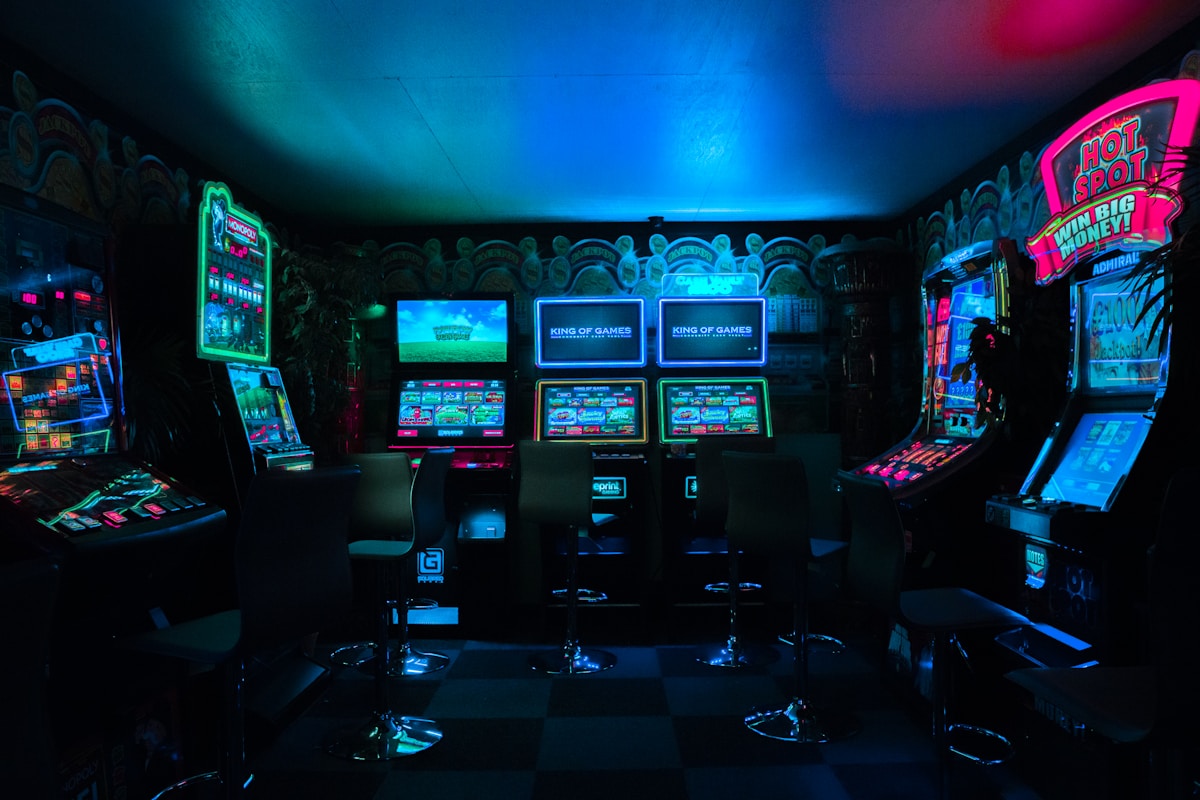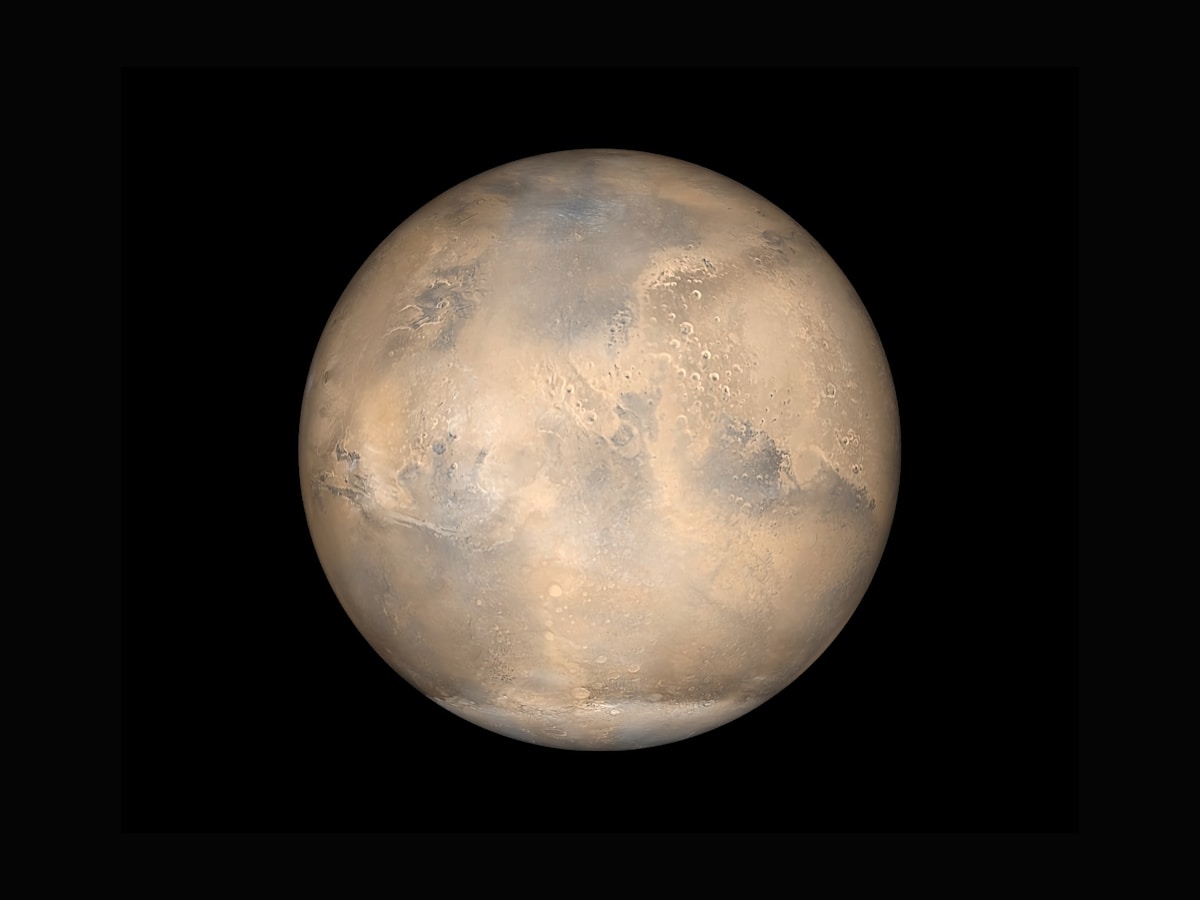YouTuber Skill Up gave The Outer Worlds 2 a recommend rating on November 8, calling it one of 2025’s best RPGs despite a weak first act. IGN scored it 8/10, praising improved combat and moral dilemmas while criticizing enemy variety across 65+ hour playthroughs. The Obsidian sequel launched October 22 for PC, PlayStation 5, and Xbox Series X/S, delivering exactly what fans wanted: sharper writing, better gunplay, and the corporate dystopia humor that defined the original.
What Skill Up Actually Said
Skill Up’s review praised The Outer Worlds 2 as well worth a look for any RPG fan, specifically calling it one of 2025’s best RPGs. This recommendation carries weight because Skill Up has built a reputation for critical, nuanced takes rather than promotional hype. When he recommends something, his audience knows he found genuine quality worth their time and money.
The review acknowledged the game’s flaws while emphasizing that overall experience justifies the purchase. This balanced approach characterizes quality game criticism that helps audiences make informed decisions rather than just cheerleading or hate-watching. Skill Up’s recommendation means The Outer Worlds 2 succeeds as an RPG despite imperfections, which matters more than chasing impossible perfection.
The timing of the November 8 review gave players almost two weeks since launch to observe community reception before deciding whether to buy. Early access players who paid extra for deluxe editions got in October 25, while standard edition launch happened November 5. Skill Up’s review landed after the full launch, incorporating both critical consensus and player feedback into his assessment.
IGN Gave It an 8 Out of 10
IGN’s Travis Northup awarded The Outer Worlds 2 an 8/10, describing it as a sequel that sharpens Obsidian’s RPG formula with smarter writing and better combat. The review emphasized how the game represents a significant step up from the original across multiple dimensions, from combat mechanics to world-building complexity to moral decision systems that create genuine dilemmas rather than obvious choices.
The review specifically called out the second half of the story as sick as hell with some of the coolest worldbuilding and satisfyingly perilous moral dilemmas seen in recent RPGs. However, it also criticized the first 20 hours for focusing on a humdrum revenge quest that felt unengaging compared to the political jockeying that dominates later content. This pacing issue created inconsistency where the game takes substantial time to reach its narrative peaks.
Northup completed a completionist playthrough in roughly 65 hours, fighting with himself over moral dilemmas, giggling at absurd worldbuilding, and bringing would-be dictators to their knees. That playtime suggests substantial content for players who explore thoroughly rather than just rushing main story objectives. The length positions The Outer Worlds 2 competitively against other modern RPGs without bloating into 100+ hour slogs that test patience.
Combat Finally Feels Good
Multiple reviewers agreed that combat represents the most dramatic improvement over the original game. The first Outer Worlds received consistent criticism for passable but underwhelming gunplay that felt serviceable rather than fun. The sequel levels up to generally enjoyable with snappier shooting, improved mobility featuring sliding and double jumping, and an arsenal better suited for the gloriously goofy sci-fi setting.
The weapon variety creates memorable moments through unique effects rather than just stat variations. IGN specifically mentioned a shotgun that fires silently and instantly melts targets so bodies cannot be found, perfect for stealth playthroughs. Another weapon started weak but leveled up with kills until becoming an absolute beast, creating satisfying power progression tied to player skill rather than random drops.
This improvement addresses one of the original’s biggest weaknesses. Players who loved the writing and world-building but tolerated the combat now get both excellent narrative and competent action. The combat will not rival dedicated shooters like Doom Eternal, but it reaches the threshold where engaging enemies feels enjoyable rather than tedious between story beats.
The RPG Systems Hook You
The character progression system earned universal praise for creating compelling buildcrafting decisions. With only two skill points per level distributed across 12 skills, every allocation matters. Perks unlock based on prerequisite skill levels, meaning you must plan your build carefully rather than just spreading points evenly across everything.
You can only acquire 15 perks before hitting the level 30 cap, forcing difficult choices about which abilities define your character. Do you invest in Speech for dialogue dominance and damage against human enemies? Lockpick for accessing restricted areas and enabling the Pickpocket perk? Sneak for stealth kills? The limited points create meaningful specialization rather than letting everyone become good at everything.
Reviewers specifically mentioned the near-constant stream of interesting decisions about who their character was and how they would save the galaxy. The skill system created hunger for experience points and side quests to feed the progression addiction. This compulsion loop keeps players engaged during weaker story sections because mechanical progression remains satisfying even when narrative momentum stalls.
Corporate Dystopia Done Right
The Outer Worlds established its identity through satirical corporate dystopia where capitalism colonized space and created worse problems than it solved on Earth. The sequel doubles down on this premise with sharper writing that balances comedy and genuine horror about unchecked corporate power.
IGN’s review positioned The Outer Worlds 2 as the nihilistic nightmare of what humanity will probably become if Star Trek represents the optimistic dream. The game explores kafkaesque corporate bureaucracy, profit-driven atrocities, and the absurdity of applying late-stage capitalism to space colonization. These themes resonate differently in 2025 than when the original launched in 2019, making the satire feel prescient rather than dated.
The world-building earned specific praise for creativity and internal consistency. The four major planets each feature distinct biomes and corporate cultures that create varied gameplay environments and narrative contexts. Your choices on each planet count toward determining your ending, creating interconnected consequences that reward thoughtful decision-making rather than just selecting dialogue options at random.
Six Companions With One Exception
The game features six companions who join your crew, each with personal questlines that integrate into the larger narrative. These companions provide combat support, unlock unique dialogue options, and shape how NPCs react to your presence based on party composition. Building relationships with companions creates both mechanical benefits and emotional investment in their storylines.
The exception is V.A.L.E.R.I.E., your robot support-bot who remains just a robot without sentience or personal arc. This creates interesting contrast where five human companions have depth and development while your mechanical ally stays purely functional. Whether this represents missed opportunity or intentional commentary on transactional relationships with technology remains subject to interpretation.
Companion stories weave into main faction narratives involving Auntie’s Choice, The Order, and the Protectorate. These organizations vie for control of Arcadia’s planets, and your choices about which factions to support directly affect companion loyalty and available story paths. The integration creates organic relationships between personal character arcs and larger political conflicts rather than keeping them artificially separated.
The Enemy Variety Problem
Despite improvements across most areas, IGN specifically called out truly terrible enemy variety as a persistent weakness. Across 65+ hours, players encounter the same enemy types repeatedly without sufficient visual or mechanical distinction to keep combat encounters feeling fresh. This repetition becomes especially noticeable during long play sessions where you fight similar enemies in different locations without meaningful variation.
The limited bestiary stands out negatively precisely because other aspects improved so dramatically. Better gunplay and movement mechanics cannot fully compensate when you fight the same creatures constantly. Enemy design represents one area where the sequel failed to evolve beyond its predecessor, creating a missed opportunity to complement combat improvements with opponent diversity.
This criticism matters more for completionists pursuing every side quest and optional content. Players who focus primarily on main story progression will encounter less repetition than those exploring every corner. However, for a 65-hour playthrough, enemy variety should provide sufficient diversity to avoid fatigue, and The Outer Worlds 2 apparently falls short of that threshold.
Performance and Technical State
The game runs on Unreal Engine 5, which brings both visual fidelity improvements and performance challenges typical of the engine. PC performance exhibits the optimization issues that plague many UE5 titles, with frame rate inconsistency and shader compilation stutters affecting smoothness. Console versions perform better overall but experience frame drops in NPC-heavy areas where crowds tax system resources.
These technical issues do not break the game but create minor annoyances during extended play sessions. Reviewers noted the problems without considering them severe enough to significantly impact recommendation status. For players with high-end PC hardware, brute-forcing good performance remains possible. For those on consoles, accepting occasional frame drops becomes part of the experience.
The visual upgrade over the original justifies some performance cost. The game looks significantly better, with improved lighting, environmental detail, and character models that showcase what Obsidian can achieve with modern tools. Whether these visual improvements justify the performance compromises depends on individual tolerance for technical imperfection versus aesthetic ambition.
Available on Game Pass Day One
As a Microsoft-owned studio release, The Outer Worlds 2 launched day one on Xbox Game Pass for both console and PC. This dramatically lowers the barrier to entry for subscribers who can try the full game without additional purchase. For players uncertain whether Obsidian’s style appeals to them, Game Pass eliminates financial risk from experimentation.
The $70 standard price positions The Outer Worlds 2 competitively within the premium game market without adopting the controversial $80 price point some publishers pushed. Microsoft briefly considered higher pricing but backtracked after backlash from both consumers and reportedly Obsidian themselves. The $70 launch price makes purchasing outright reasonable for players who want permanent access or lack Game Pass subscriptions.
Deluxe edition buyers paid extra for early access starting October 25, getting almost two weeks head start over standard edition players. This staggered launch created a soft release period where hardcore fans and content creators could generate early impressions before the wider audience jumped in. Whether this strategy benefits games remains debatable, but it has become standard practice for major releases.
FAQs About The Outer Worlds 2
Did Skill Up recommend The Outer Worlds 2?
Yes, Skill Up gave The Outer Worlds 2 a recommend rating in his November 8, 2025 review, calling it one of 2025’s best RPGs and worth a look for any RPG fan despite acknowledging some flaws like a weak first act.
What score did IGN give The Outer Worlds 2?
IGN awarded The Outer Worlds 2 an 8 out of 10, praising improved combat, excellent writing, and satisfying moral dilemmas while criticizing enemy variety and a slow first act.
How long does it take to beat The Outer Worlds 2?
A completionist playthrough takes roughly 60-65 hours according to multiple reviewers. Players focusing on main story content can finish faster, likely around 25-30 hours based on reviewer estimates.
Is The Outer Worlds 2 on Game Pass?
Yes, The Outer Worlds 2 launched day one on Xbox Game Pass for both console and PC subscribers. As a Microsoft-owned Obsidian Entertainment title, it received simultaneous Game Pass and retail release.
When did The Outer Worlds 2 release?
The Outer Worlds 2 launched October 22, 2025 in early access for deluxe edition buyers, with standard edition following November 5, 2025 for PC, PlayStation 5, and Xbox Series X/S.
Is the combat better than the first game?
Yes, multiple reviewers agreed combat represents the most significant improvement, with snappier gunplay, improved mobility featuring sliding and double jumping, and more interesting weapons with unique effects.
What are the best skills in The Outer Worlds 2?
Speech, Lockpick, and Hack are generally considered S-tier skills, with Speech being the most versatile for passing dialogue checks and Lockpick/Hack opening access to restricted areas and loot.
Can you respec your character in The Outer Worlds 2?
Respec options are extremely limited in The Outer Worlds 2 compared to the first game. You get one respec opportunity after the prologue, so plan your skill allocations carefully from the start.
Conclusion
The Outer Worlds 2 represents exactly what sequels should deliver: meaningful improvements to weak areas without losing what made the original special. Obsidian Entertainment sharpened their RPG formula by elevating combat from merely functional to genuinely enjoyable while maintaining the sharp satirical writing and compelling moral choices that define their work. Skill Up’s recommendation validates what other critics observed – this is one of 2025’s best RPGs despite imperfections like repetitive enemies and a slow first act. For Game Pass subscribers, trying it costs nothing beyond time investment. For purchasers paying $70, the 60-65 hour playtime and robust character progression justify the price. The game succeeds as both a sequel that respects its predecessor and a standalone experience accessible to newcomers. Whether you want Fallout: New Vegas in space, corporate dystopia satire with bite, or simply a well-crafted single-player RPG in an era dominated by live service games, The Outer Worlds 2 delivers exactly what Obsidian does best: choice-heavy adventures where your decisions matter and the writing makes you think while you shoot your way through the stars.



